




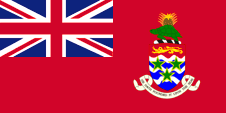
since 1999,
Merchant flag,
ratio = 1:2,
Source, by:
Flags of all Nations,
Flags of the World,
Wikipedia (D),
Public domain, via Wikimedia Commons



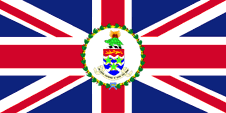
Flag of the Governor,
ratio = 1:2,
Source, by: Wikipedia (D)




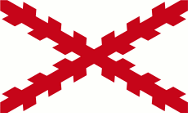
16th/17th century,
The islands belong to the Spanish sphere of influence,
Source, by: Wikipedia (EN)



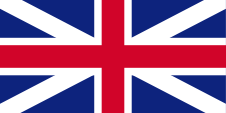
1760–1801,
Flag of United Kingdom (to 1707 England),
ratio = 1:2,
Source, by:
Die Welt der Flaggen






1801–1875,
Flag of the United Kingdom,
ratio = 1:2,
Source, by: World Statesmen





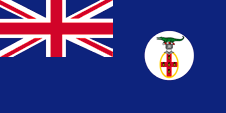
1875–1906 (Jamaica),
Flag of the government (state flag),
ratio = 1:2,
Source, by: Wikipedia (D)



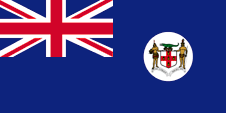
1906–1959 (Jamaica),
Flag of the government (state flag),
ratio = 1:2,
Source, by: Wikipedia (D)



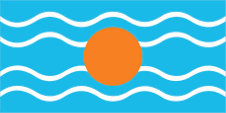
1959–1962,
Flag of the Federation of the West Indies,
ratio = 1:2,
Source, by: Flags of the World



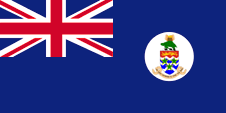
1959–1999,
Flag of the government (state flag),
ratio = 1:2,
Source, by: World Statesmen



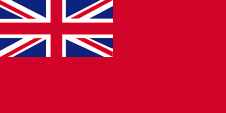
since 1894,
Merchant flag of United Kingdom,
still in use,
ratio = 1:2,
Source, by: Flags of the World





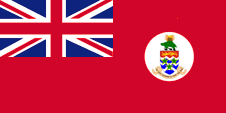
to 1999,
Merchant flag,
still in use,
ratio = 1:2,
Source, by:
Flags of the World,
Wikipedia (D)




The Union Jack points to the connexions to the United Kingdom. The United Kingdom introduced a flag system in 1864 in which:
• war ships fly the "White Ensign" (naval flag), a white flag often with an uninterrupted red St. George's-Cross and with the Union Jack in the upper staff quadrant of the flag,
• merchant ships fly a "Red Ensign" (also named "Civil Ensign" => civil flag, the real merchant flag), a red flag with the Union Jack in the upper staff quadrant of the flag, and
• governmental ships fly the "Blue Ensign" (flag for the use by the gouvernment => the actual state flag), a blue flag with the Union Jack in the upper staff quadrant of the flag.
Since 1865 ships of colonial governments were permitted to fly the Blue Ensign with a badge in the flying end of the flag. The respective governments were asked to design appropriate badges. Merchant ships and seafaring persons from colonies were only permitted to use the Red Ensign with a badge, then also named Civil Ensign, if permission has been given to the respective colony by the British admiralty.
The islands belonged to Jamaica from 1863 to 1959, so the there valid flags were used. The Cayman Islands never had an own badge, because in connection with the separation from Jamaica a coat of arms was introduced in 1958, which was used from 1959 on a blue British official flag. When the Cayman Islands have obtained permission to use the red merchant flag with the coat of arms is not to determine exactly. Apparently, countless ships were registered in the Caymans, so it was not so easy to find a single scheme, and particularly London and Georgetown have issued apparently contradictory instructions.
Such a badge was often a regional landscape representation placed on a disk, often showing ships, historical events or even a kind of a logo. Very often, a badge also showed the name of the country or a motto. Some British possessions, however, already had a coat of arms from the beginning, or their badge was replaced by a coat of arms over the years. To ensure a uniform appearance in the flying end of the flags, coats of arms and other symbols were displayed on a white disk in the size of the earlier badges. There were also exceptions, because some colonies did not use the white disk and placed their escutcheon or even coat of arms directly on the bunting, sometimes enlarged. Already in the '40s they started to remove the white disk and placed the coat of arms directly or enlarged. This conversion process was done gradually, nowhere at the same time and completely. In some British possessions, flags with the white disc are still in use, in others no more and in some areas are both variants in use, next to each other. However, on the Cayman Islands are still many flags in the old design in use, especially on land.
The flag of the Governor of the Cayman Islands is a standard-design of older styling, for all Governors, Lieutenant-Governors, Commissioners, High-Commissioners and other administering government officials, provided no newer designs are in use. Within the wreath the respective badge or coat of arms is always positioned.
Source:
Flags of the World,
Die Welt der Flaggen

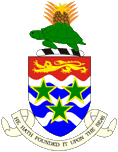
since 1958,
Coat of arms of the Cayman Islands,
Source, by: Corel Draw 4

The coat of arms of the Cayman Islands – awarded in 1958, shows regional subjects, pineapple, turtle and stylized ocean-waves but also the British Lion and three stars. These stand for the three islands of the colony: Grand Cayman, Little Cayman and Cayman Brac. The banner inscription is: "He hath founded it upon the Seas".
Source: Flaggen Enzyklopädie

Location:
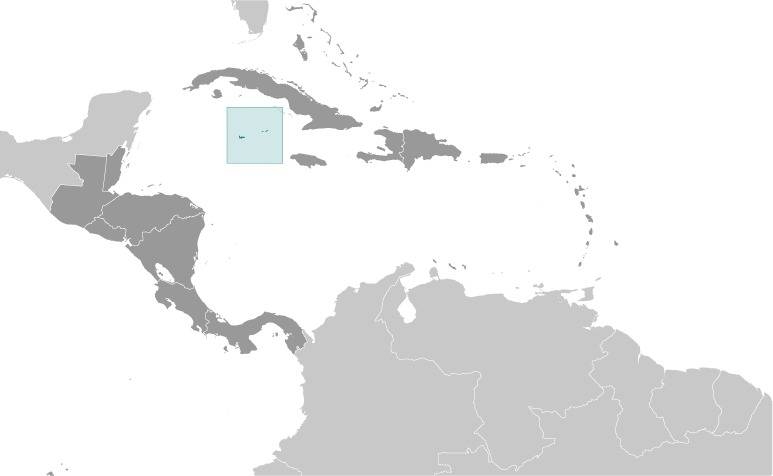
Source: CIA World Factbook
Map of the country:
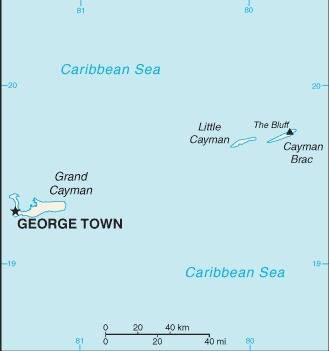
Source: CIA World Factbook

Area: 102 square miles
Inhabitants: 61.559 (2017), thereof 60% Mulattos, 20% of African descent, 20% Europeans
Density of Population: 604 inh./sq.mi.
Capital: George Town, 28.089 inh. (2010)
official Language: English
Currency: Cayman Islands Dollar (KYD, CI$) = 100 Cents
Time Zone: GMT – 5 h
Source: Wikipedia (D)

10th of May 1503 · discovered by Columbus
since 1666 · attempts of settlement
1734 · British Colonization
18th of July 1670 · officially ceded from Spain to England (the later United Kingdom)
1832 · first own parliament
1863–1959 · to Jamaica
1959–1962 · part of the British Colony of the "Federation of the West Indies"
since 1962 · crown colony
Source:
Wikipedia (D),
World Statesmen

The origin of the name "Cayman Islands" is not entirely clear. When Columbus discovered the uninhabited islands on 10th of May in 1503, he named them "Islas de las Tortugas" (Turtle Islands), because of the numerous turtles. In 1520 they appeared on charts as the "Islas de las Lagartos" (Lizard Island). This referred to the on the islands occurring lizards. Probably about 1530 these lizards have been erroneously named with the Caribbean word for crocodile "Caiman", and the islands became the "Islas de las Caymanas". When the English explorer Francis Drake visited the islands in 1586, had already been established facts, and he called the lizards "Caymanas" too. When the islands finally became English in 1670, they have have been assumed as "Cayman Islands" to the administration of the Governor of Jamaica.
Source:
Markus Kappeler (CH),
Wikipedia (D)


![]()

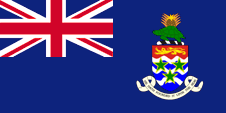


























![]()
![]()
![]()


![]()



![]()

![]()



![]()

![]()



